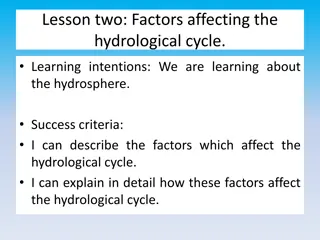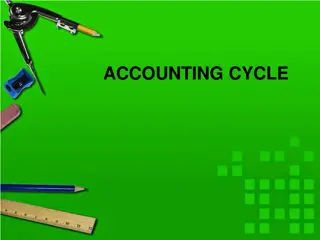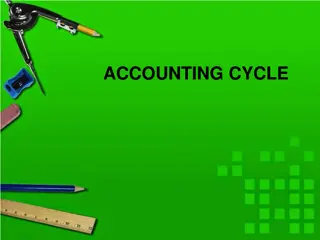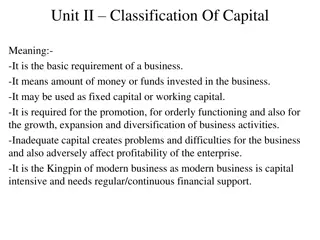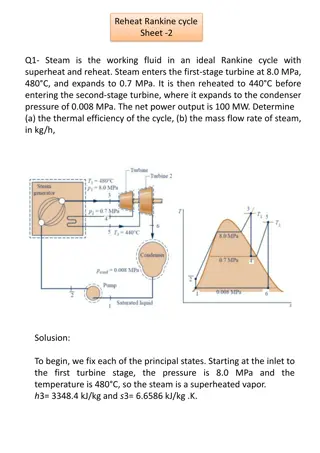BUSINESS CYCLE
The concept of business cycles, their phases, causes, measures to control them, and stabilization policies. Learn about the tools governments use to manage economic fluctuations. Discover how monetary and fiscal policies help maintain stability in times of prosperity or recession.
Download Presentation

Please find below an Image/Link to download the presentation.
The content on the website is provided AS IS for your information and personal use only. It may not be sold, licensed, or shared on other websites without obtaining consent from the author.If you encounter any issues during the download, it is possible that the publisher has removed the file from their server.
You are allowed to download the files provided on this website for personal or commercial use, subject to the condition that they are used lawfully. All files are the property of their respective owners.
The content on the website is provided AS IS for your information and personal use only. It may not be sold, licensed, or shared on other websites without obtaining consent from the author.
E N D
Presentation Transcript
BUSINESS CYCLE Business cycle refers to a wave like fluctuation in the overall level of economic activity particularly in national output, income, employment and prices. It is a rhythmic fluctuations in the aggregate level of economic activity of a nation.
PHASES OF BUSINESS CYCLE Depression, Contraction or Downswing Recovery or Revival Prosperity or Full Employment Boom or Over full employment or Inflation Recession A turn from prosperity to depression
CAUSES OF BUSINESS CYCLE Good or bad climatic conditions Business confidence, psychological factors Over Optimism or over pessimism Under consumption or Over consumption Non monetary factors such as war, earth quakes, strikes, drought, flood etc.
MEASURES TO CONTROL BUSINESS CYCLES Monetary measures 1. Monetary policy and the expansionary phase 2. Monetary policy and the phase of depression Fiscal policy Physical controls Miscellaneous measures
STABILISATION POLICIES Economic policies undertaken by governments to counteract business cycle fluctuations and prevent high rates of unemployment and inflation The two most common stabilisation policies are Fiscal and Monetary Expansionary policies are appropriate to reduce unemployment during a contraction and contractionary policies are aimed at reducing inflation during an expansion
CONT Stabilization policies are government actions, designed to fix the unemployment and inflation problems created by business cycle instability During periods of high or rising unemployment associated with business cycle contraction, the appropriate action is to stimulate the economy through expansionary policies.
WHAT ARE THE DIFFERENT INSTRUMENTS OF ECONOMIC STABILITY ? Monetary policy 1. 2. Fiscal policy 3. Physical policy or direct controls
MONETARY POLICY Monetary policy is a part of over all economic policy of a country It deals with the total money supply and its management in an economy It is essentially a program of the central bank to control and regulate the supply of money with the public
FISCAL POLICY Fiscal policy is an instrument to fight depression and create full employment conditions is much more effective than the monetary policy It affects the level of effective demand directly, while monetary policy attempts to do it only indirectly.
PHYSICAL POLICY When monetary and fiscal measures are inadequate to control prices government resorts to direct control Price control is done by control of distribution of commodities through rationing Under certain circumstances government may even resort to dual pricing.
REFERENCES Scribd.com http://www.scribd.com/doc/29262187/Business-Cycle- and-Stabilization-Policy Wikipedia.org http://en.wikipedia.org/wiki/Stabilization_policy








